What Are Floating Plants: Types Of Free Floating Water Plants

Floating pond plants are unusual in the plant world because they don't grow with their roots in the soil like other plants. Their roots hang down into the water and the rest of the plant floats on top like a raft. If you're looking to decorate your backyard water feature, floating plants for ponds can give the area a cool, natural look with very little effort. In fact, these plants are so carefree that many of them should be thinned each year to prevent them from overtaking the local water system.
About Floating Pond Plants
What are floating plants? This unusual group of plants takes all their nutrients from the water, bypassing any need to have their roots in soil. They're often food for local wildlife, like duckweed, or provide protected spaces for fish spawning, like parrot's feather does. Water lettuce and water hyacinth are two of the best-known varieties. If you have a larger pond or another enclosed body of water, learning how to use floating plants can go a long way toward your man-made feature look more natural.
How to Use Floating Plants for Ponds
Depending on the size and type of your water feature, the types of free-floating water plants vary greatly. If you've got a small pond that's only a couple of feet (61 cm.) deep, water hyacinth flowers will set off the surface of the water beautifully. Larger homestead ponds can benefit from the various forms of duckweed, especially if you're trying to entice waterfowl to your property. If your pond empties into streams or other bodies of water, beware of some of the more prolific floating water plants. Water hyacinth is highly invasive in some parts of the country and should never be planted where it can spread to streams and into lakes. Salvinia and water lettuce can create the same problems of growing into a large mat, keeping sunlight from the lake bottoms and using all the oxygen in the water, killing off fish and wildlife below. Always check with your local extension service before planting a new species in ponds that empty into the water supply. What began as an attractive addition to your landscaping can turn into an environmental problem in a matter of one season, if you choose the wrong plant to use. NOTE: The use of native plants in a home water garden (referred to as wild harvesting) can be risky if you have fish in your pond, as most natural water features are host to a plethora of parasites. Any plants taken from a natural water source should be quarantined overnight in a strong solution of potassium permanganate to kill any parasites prior to introducing them into your pond. That being said, it is always best to obtain water garden plants from a reputable nursery.
Gardening tips, videos, info and more delivered right to your inbox!
Sign up for the Gardening Know How newsletter today and receive a free copy of our e-book "How to Grow Delicious Tomatoes".
-
 Get Ready For A Summer Of Hummers! Grow These Full Sun Hummingbird Plants and Flowers
Get Ready For A Summer Of Hummers! Grow These Full Sun Hummingbird Plants and FlowersIf you’re lucky enough to enjoy a sunny backyard, make sure you are maxing out on your pollinator opportunities and grow these full sun hummingbird plants and flowers
By Tonya Barnett
-
 12 Lush Alternatives To A Lawn For Sustainable Spaces
12 Lush Alternatives To A Lawn For Sustainable SpacesAlternatives to a lawn are beautiful and also beneficial to your local ecosystem and its pollinators. Explore our top picks for plants to replace grass.
By Tonya Barnett
-
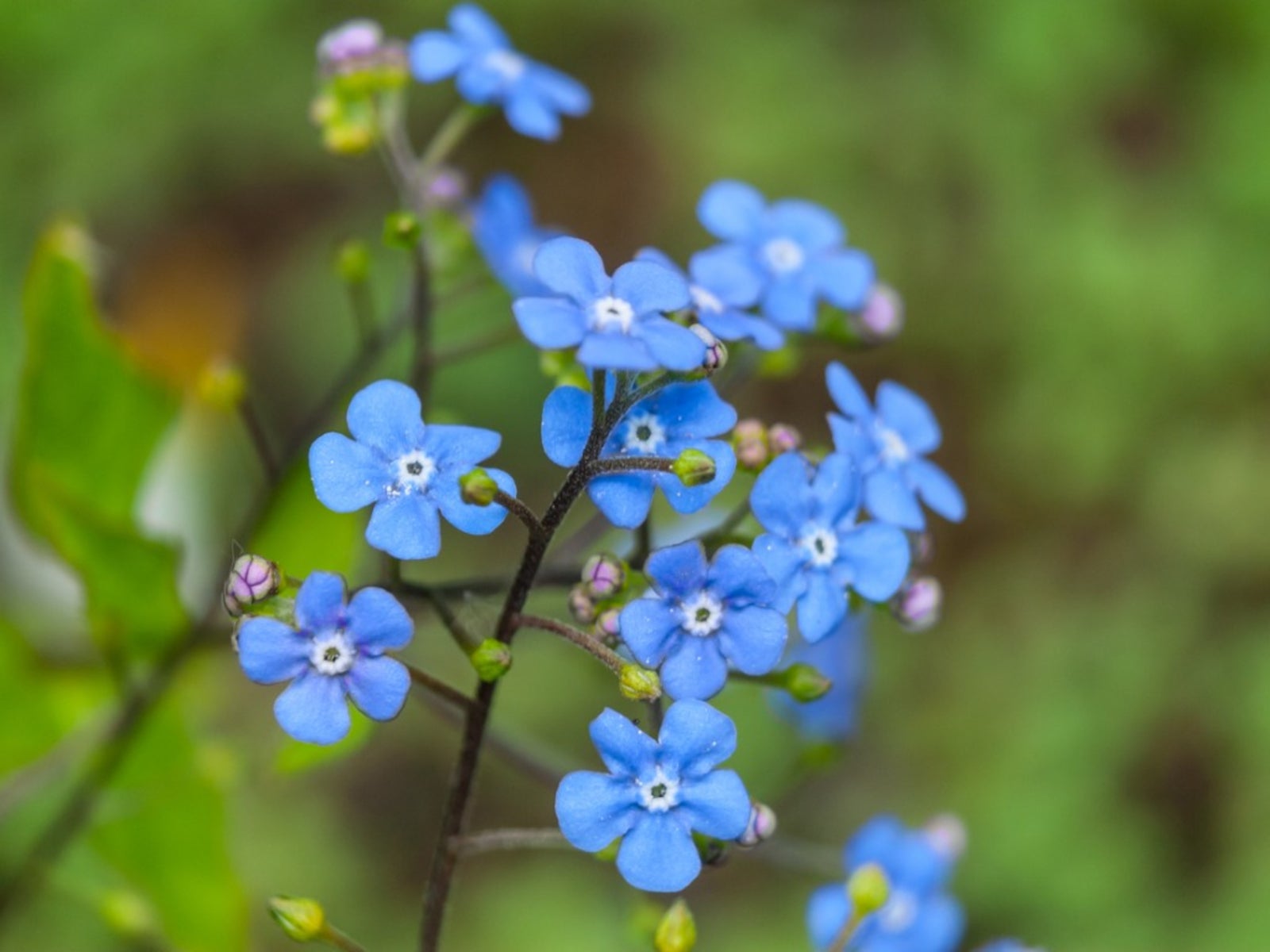 Flowering Pond Plants - Growing Aquatic Flowers
Flowering Pond Plants - Growing Aquatic FlowersAdding flowering pond plants to natural and manmade water features can be an easy way to quickly beautify a space with lush greenery and vibrant bursts of seasonal color. Read on for more.
By Tonya Barnett
-
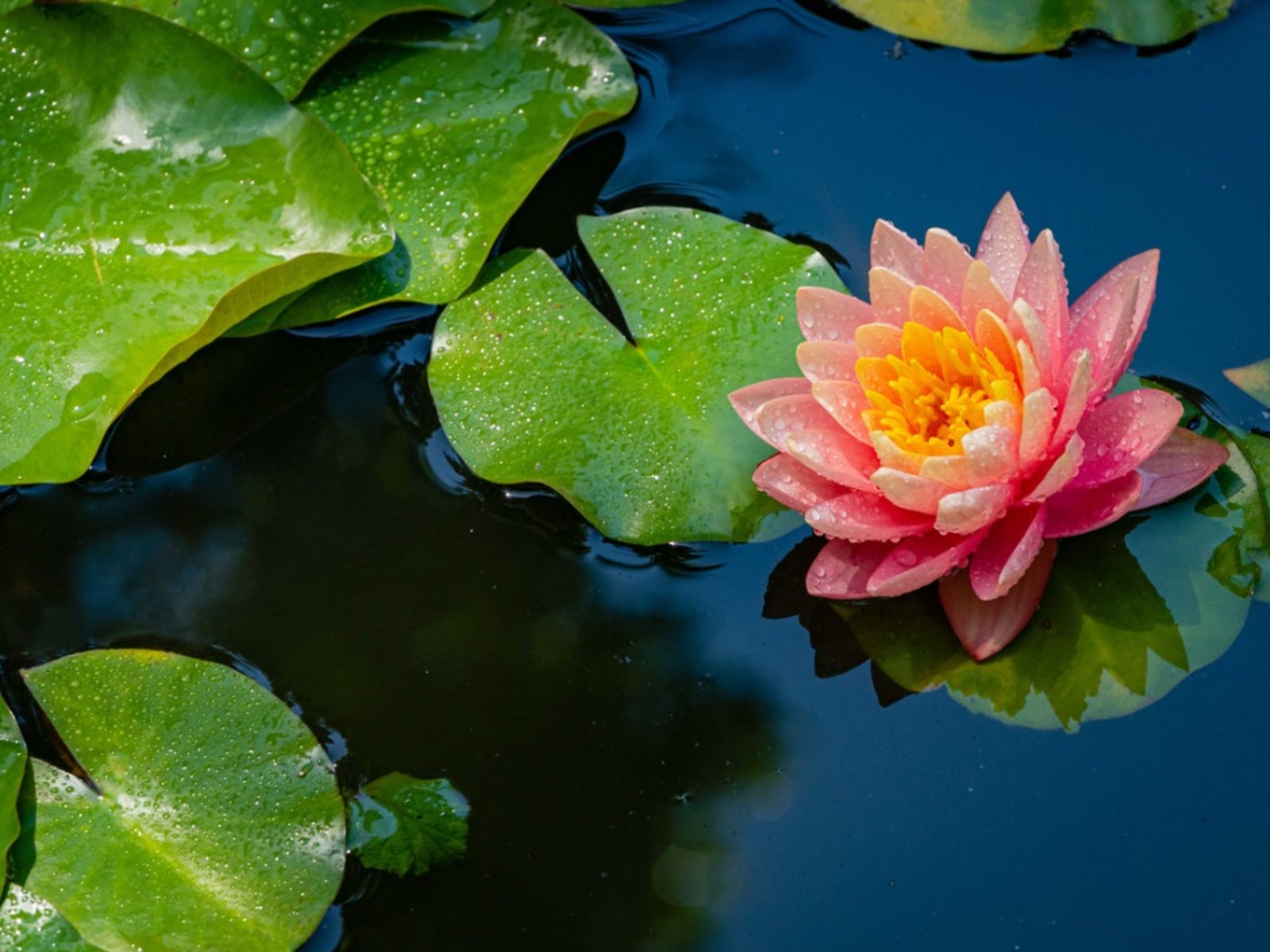 Full Sun Aquatic Plants - Full Sun Floating Pond Plants
Full Sun Aquatic Plants - Full Sun Floating Pond PlantsThere are pros and cons to putting a pond in full sun, but it's very doable. Here are some ideas to get you started.
By Mary Ellen Ellis
-
 Echinodorus Creeping Burhead – Information On Creeping Burhead Plant Care
Echinodorus Creeping Burhead – Information On Creeping Burhead Plant CareCreeping burhead plants are members of the water plantain family and commonly used in freshwater aquariums or outdoor fishponds. Echinodorus creeping burhead is native to the eastern half of the United States. To learn more about the creeping burhead plant click the following.
By Laura Miller
-
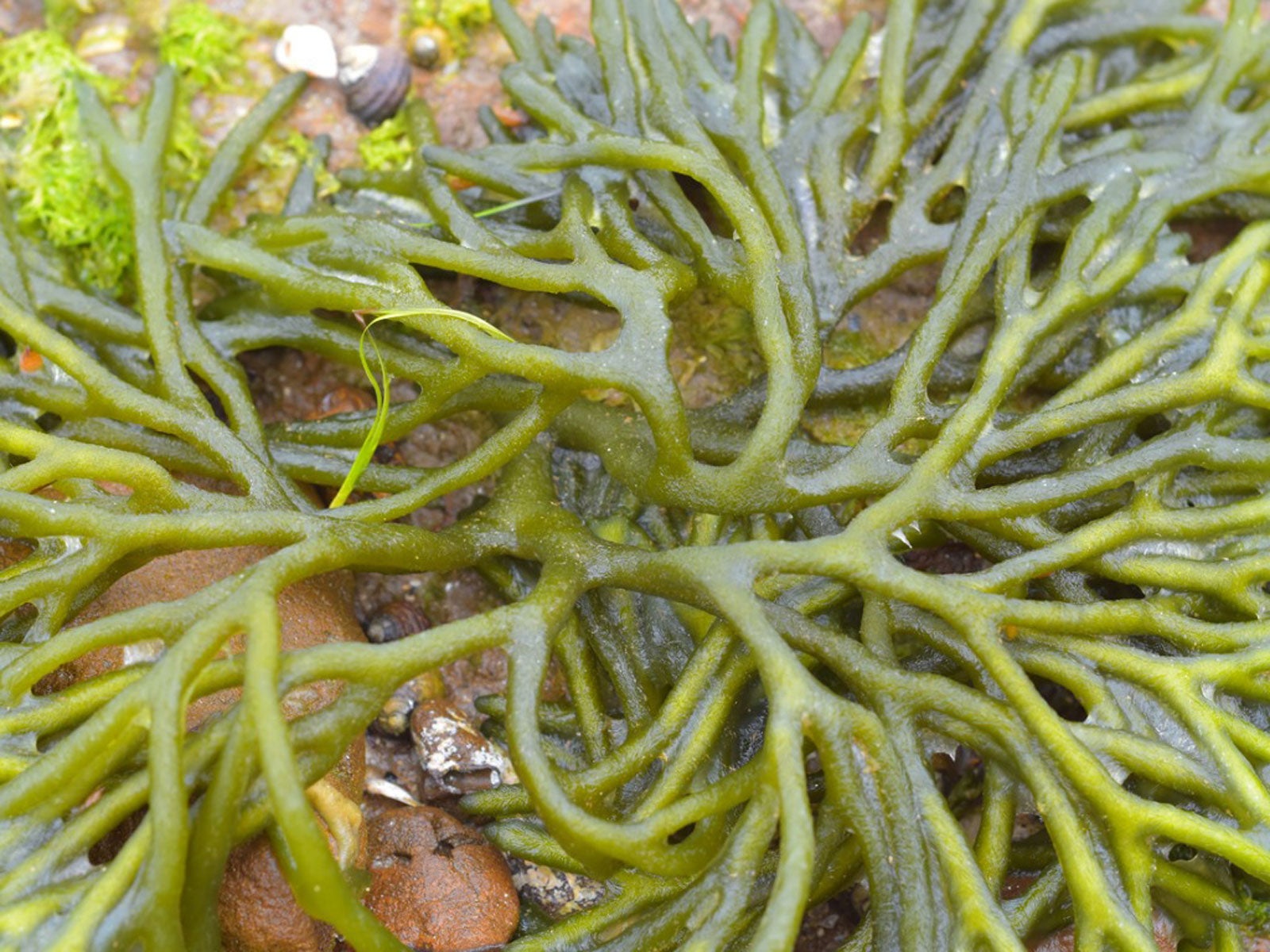 What Is A Saltwater Aquarium: Plants For Saltwater Aquariums
What Is A Saltwater Aquarium: Plants For Saltwater AquariumsBuilding and maintaining a saltwater aquarium requires some expert knowledge in choosing the right plants. Here are some choices to start with.
By Mary Ellen Ellis
-
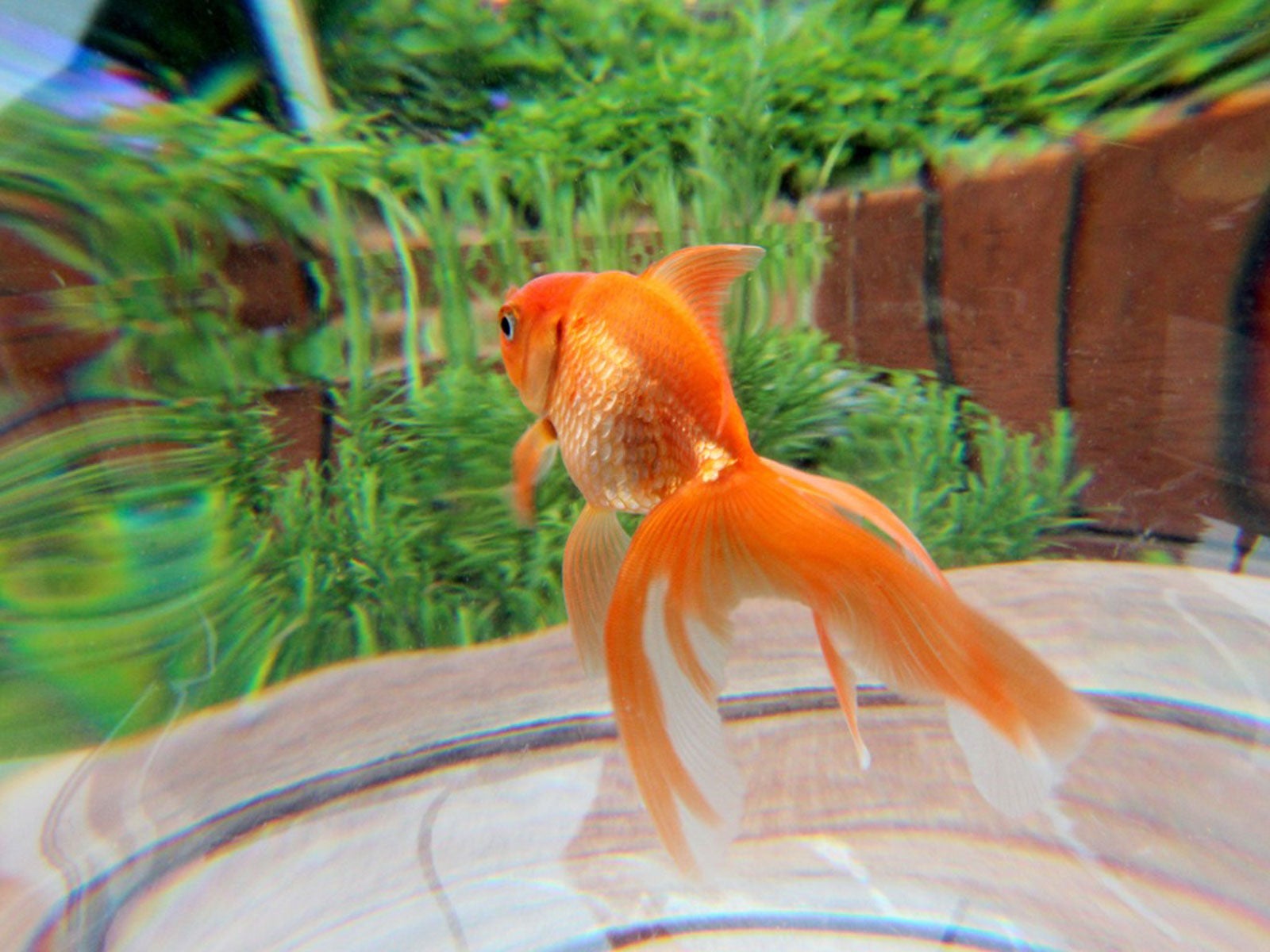 Outdoor Aquarium Ideas: Putting A Fish Tank In The Garden
Outdoor Aquarium Ideas: Putting A Fish Tank In The GardenAquariums are generally made for inside the house, but why not have a fish tank outside? Click here for tips and ideas on backyard aquariums.
By Mary Ellen Ellis
-
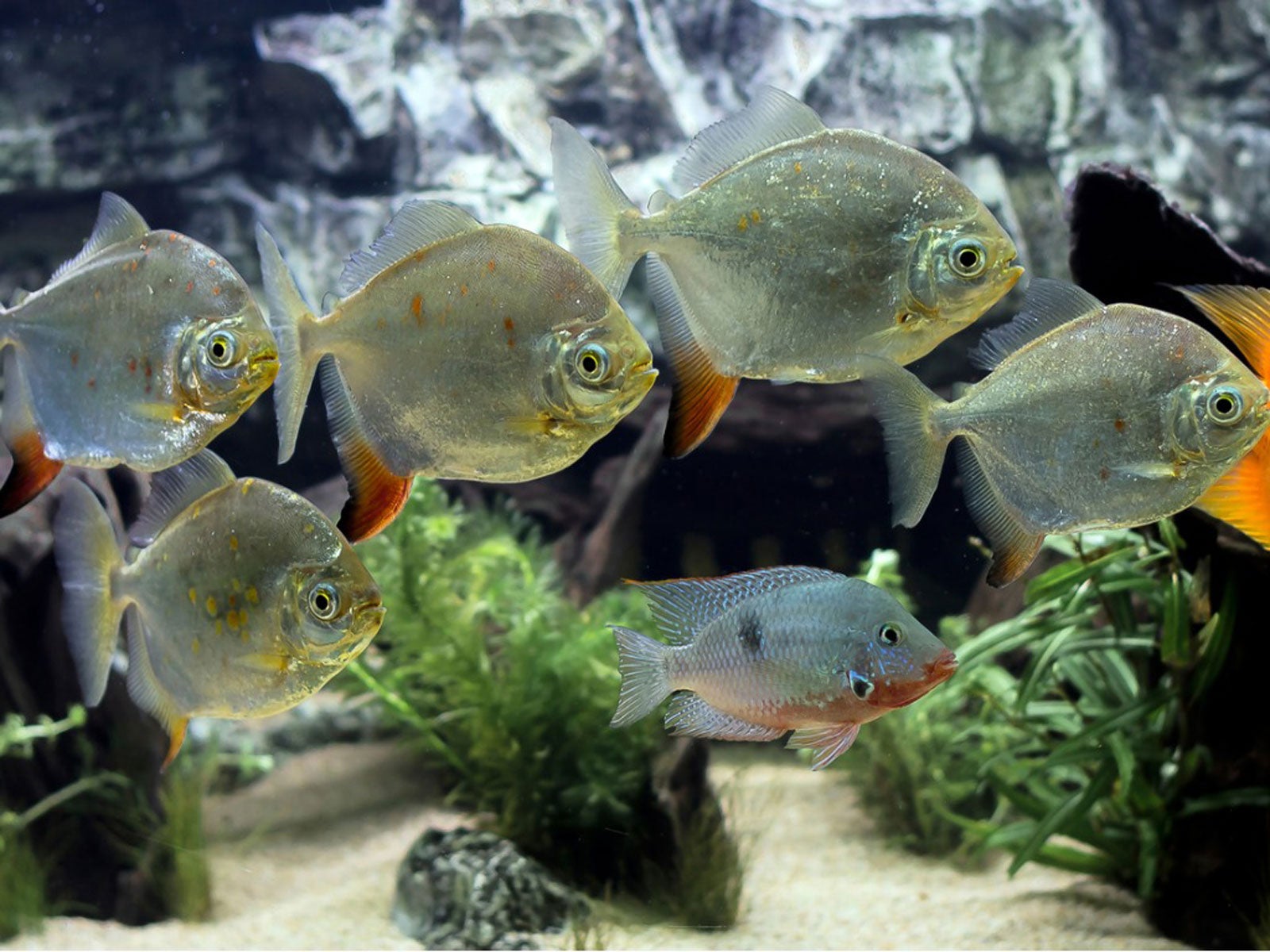 Fish That Eat Plants – Which Plant Eating Fish Should You Avoid
Fish That Eat Plants – Which Plant Eating Fish Should You AvoidGrowing plants with aquarium fish is rewarding, but if you want to combine plants and fish, learn what aquarium fish to avoid. This article will help.
By Mary H. Dyer
-
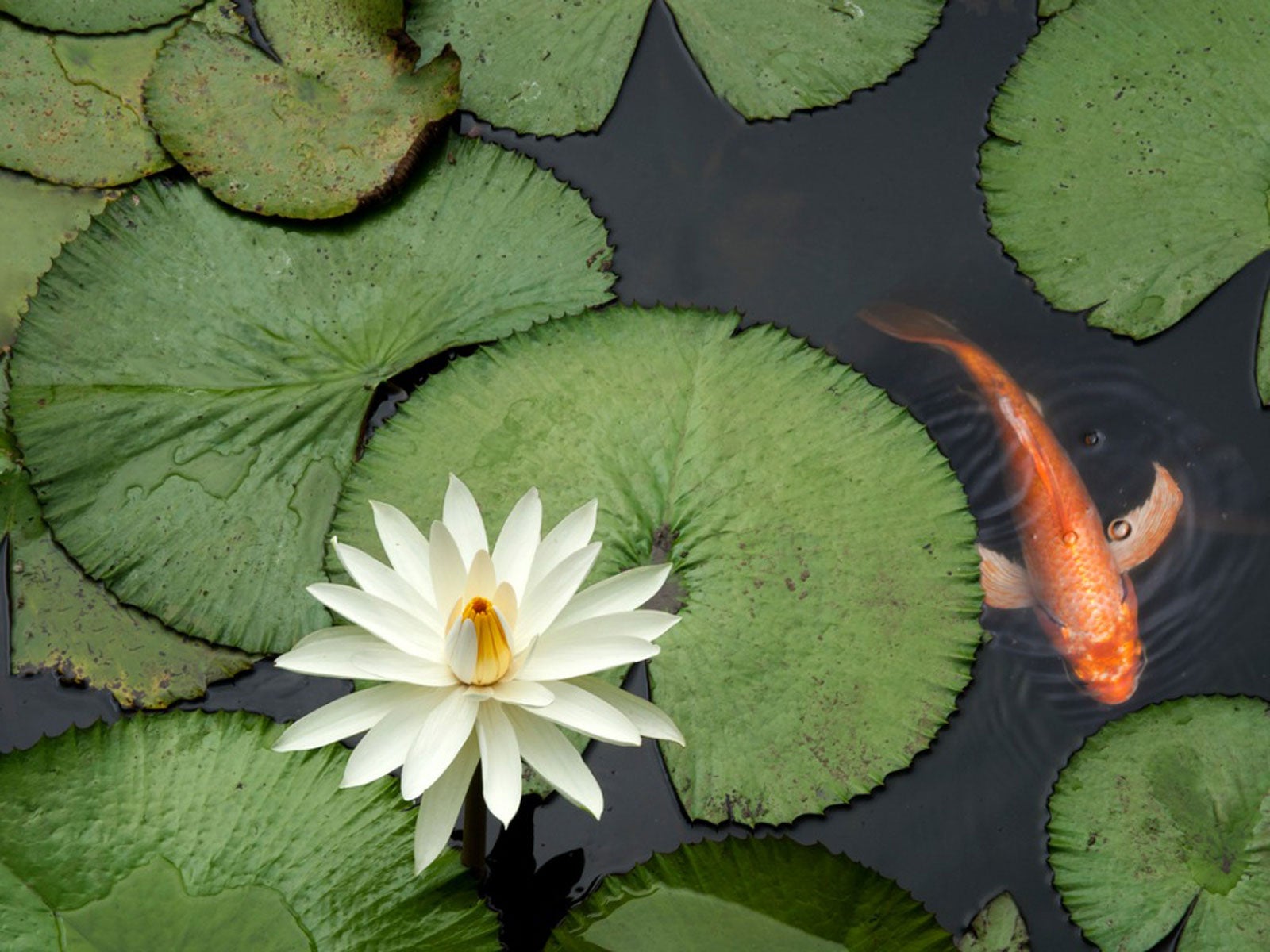 Is Pond Fertilizer Bad For Fish: Learn About Fish Safe Fertilizer
Is Pond Fertilizer Bad For Fish: Learn About Fish Safe FertilizerUsing fertilizer around fishponds must be done with care. Excess nitrogen causes algae, but can also contaminate the water and affect fish. Learn more here.
By Bonnie L. Grant
-
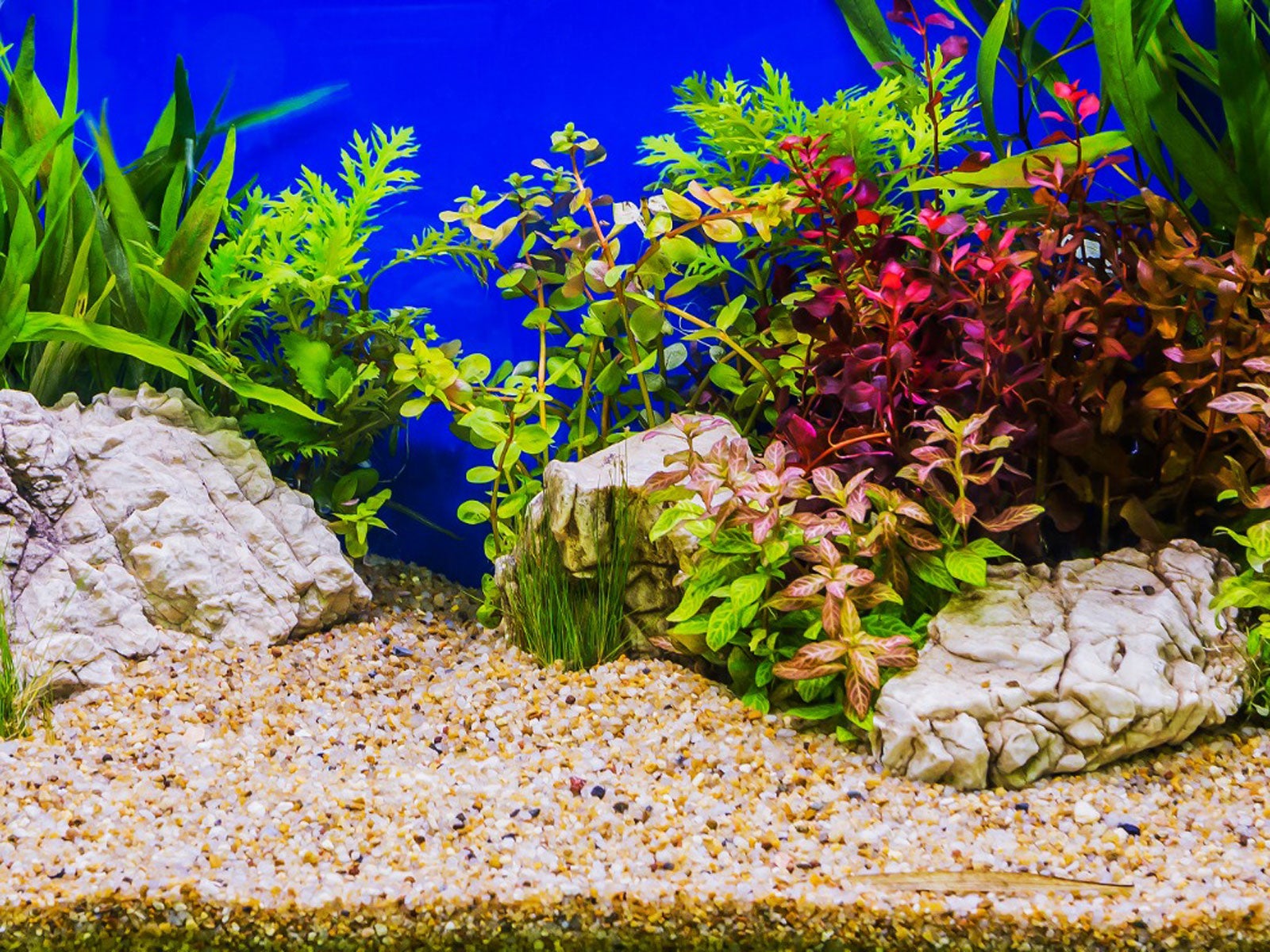 What Is Aquascaping – Creating An Aquarium Garden
What Is Aquascaping – Creating An Aquarium GardenAquatic gardening can be a rewarding endeavor, especially when aquascaping. Click this article to learn more about creating an aquarium garden.
By Nikki Tilley